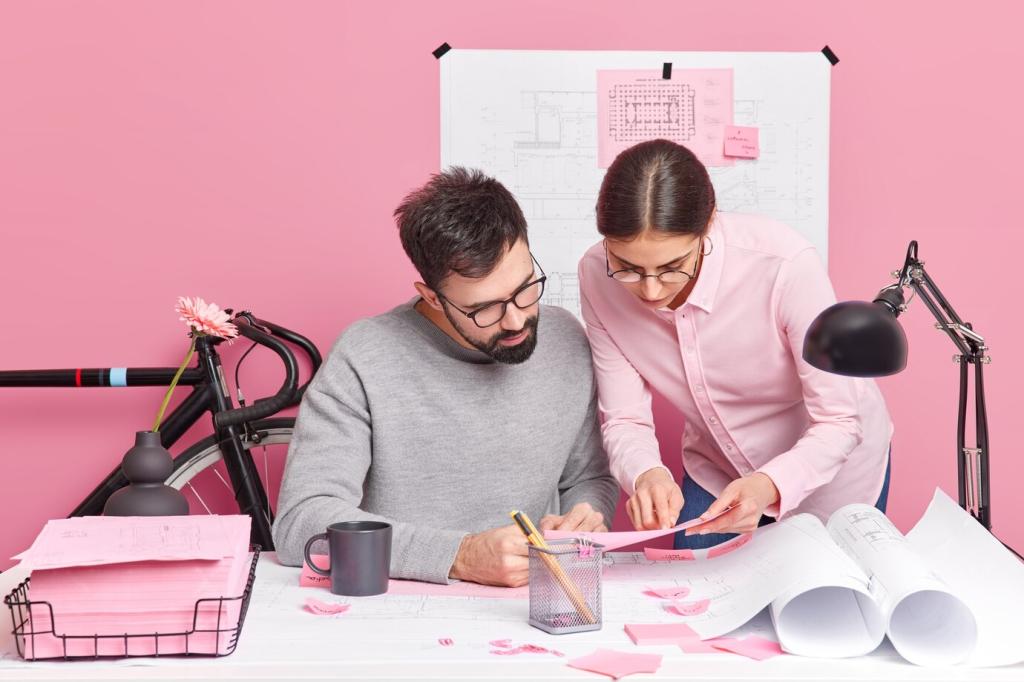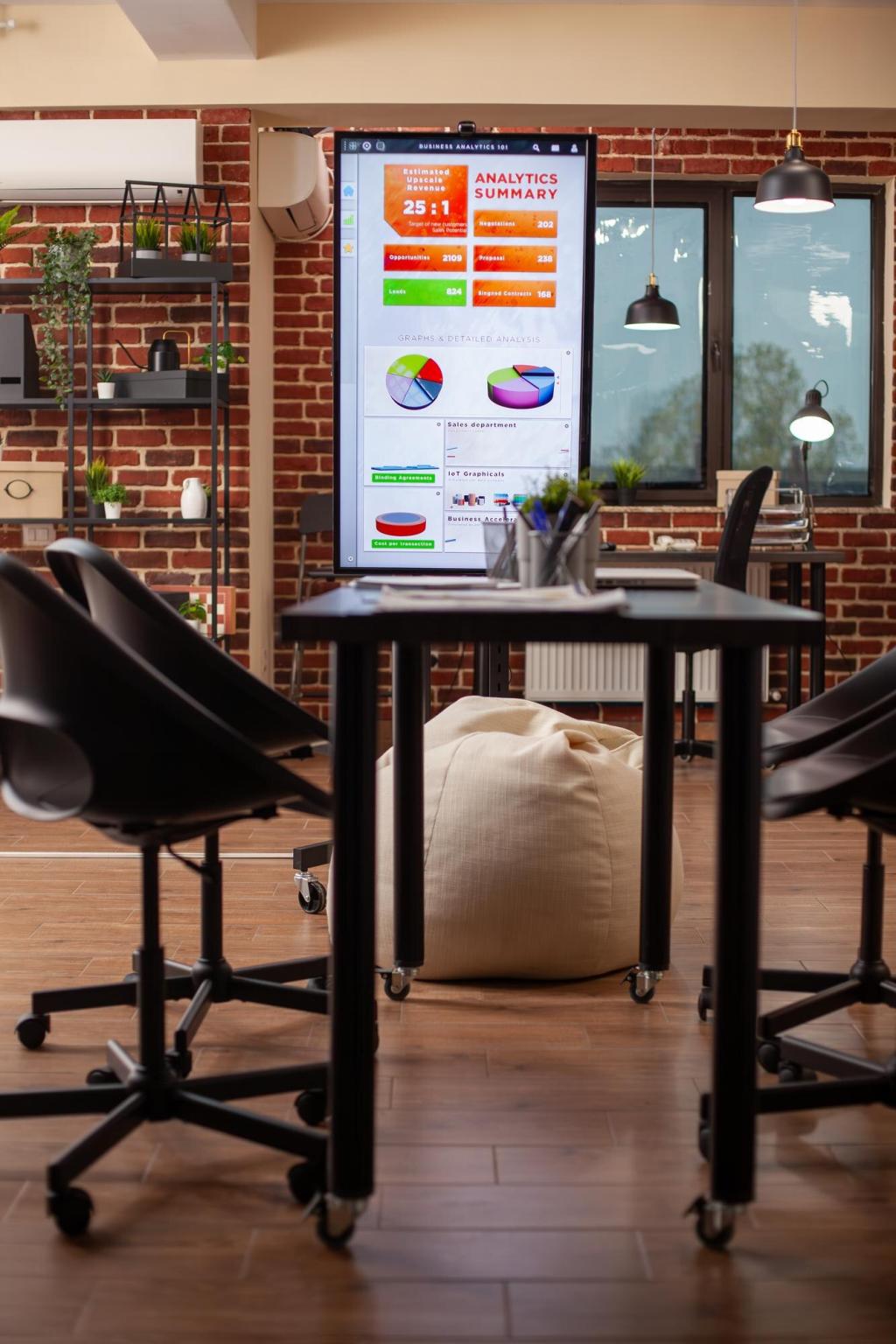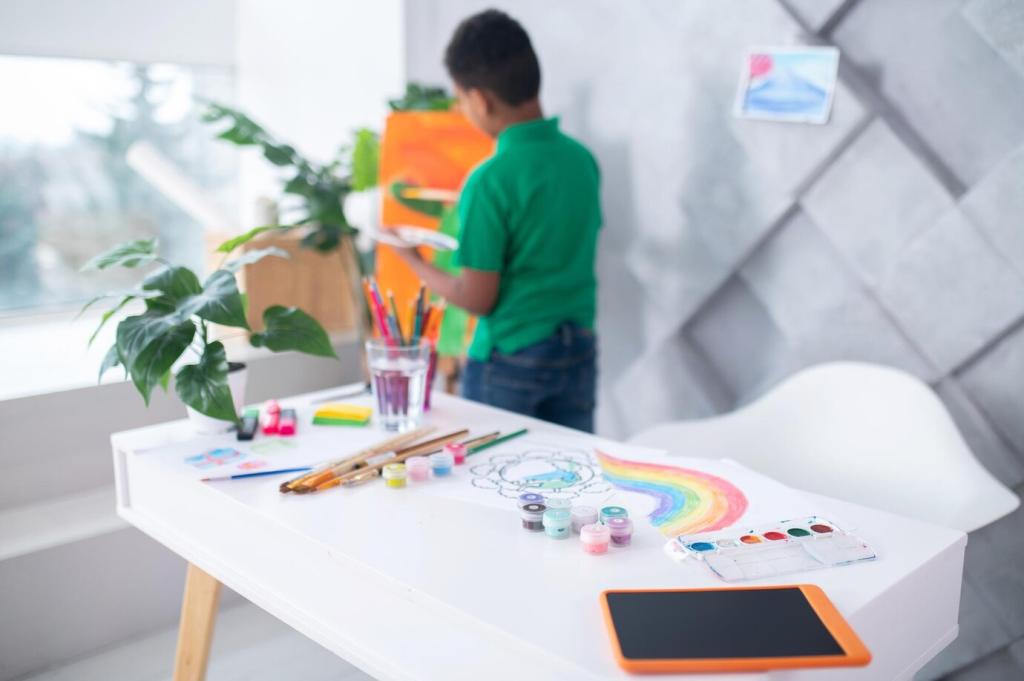
Creating Engaging Interior Design Portfolio Descriptions
Chosen theme: Creating Engaging Interior Design Portfolio Descriptions. Learn how to write magnetic, client-winning narratives for every project in your portfolio, so browsers become believers—and believers become booked clients. Subscribe and share your toughest project to get tailored feedback.
Lead with a Hook That Sets the Scene
Open with a vivid, one-sentence snapshot that frames the project’s challenge and promise. Think mood, constraints, or a surprising client request. Invite curiosity so the next line feels irresistible to read.
Tell a Mini Story with Stakes and Transformation
Outline who the client is, what problem they faced, and how your design changed daily life. Make the stakes human and relatable, so readers recognize themselves and imagine the same transformation.
Close with Outcomes Clients Actually Care About
Translate design decisions into tangible results: better flow, calmer mornings, easier entertaining, higher rental rates, or quicker sales. Finish with a gentle call to action inviting questions, consultations, or newsletter sign-ups.

List three adjectives that describe your aesthetic, then write sample sentences using them. Edit for warmth and clarity. Read aloud to ensure your voice sounds conversational, confident, and unmistakably yours.

Use refined, understated language for luxury residential; friendly, practical phrasing for family homes; energetic, data-aware copy for commercial projects. Mirror the expectations of your ideal clients without losing your authentic voice.

Create a simple style guide: sentence length, preferred terms, and perspective. A consistent tone across captions, case studies, and headlines reassures clients you are meticulous, reliable, and attentive to detail.
Structure that Readers Love and Clients Trust
01
Try this flow: Context, Challenge, Approach, Materials, Outcome, Call to Action. Keep paragraphs short, add purposeful micro-headings, and surface the most client-relevant detail within the first three sentences.
02
End each description with a gentle, specific prompt: Request the full sourcing list, book a discovery call, or subscribe for renovation timelines. Make the next step feel easy, safe, and genuinely helpful.
03
Pair each image with a caption that reveals something the photo cannot. Explain placement decisions, circulation improvements, or lighting strategy. Keep jargon minimal so readers feel informed rather than excluded.
Paint with Words: Sensory, Spatial, and Material Details
Describe morning light slipping across oak floors, the hush of wool underfoot, or the cool touch of honed marble. Specific, grounded sensory notes create immersion and make your work unforgettable.

Proof that Persuades: Metrics, SEO, and Accessibility
Select a few credible numbers: reduced timeline overruns, increased storage capacity, or higher nightly rental rates. Contextualize them in one sentence so they feel persuasive, not boastful or disconnected.


Proof that Persuades: Metrics, SEO, and Accessibility
Fold natural keywords into your narrative: modern coastal living room design, small apartment storage strategies, boutique hotel lobby renovation. Keep phrasing human so search engines and readers love it equally.
Before-and-After Storytelling that Sparks Inquiries
Describe the pain points in human terms: morning traffic jams in the hallway, a dark kitchen that discouraged cooking, or an echoey lobby that felt impersonal. Invite empathy and recognition.
Explain key choices and trade-offs: removed uppers to expand sightlines, layered task lighting for prep zones, or selected performance fabrics for durability. Briefly share the rationale so expertise shines.
Offer a crisp payoff: prep time reduced, natural light increased, or hosting capacity doubled. Finish with an inviting prompt—Want the full material schedule? Subscribe and reply with “After” to receive it.

